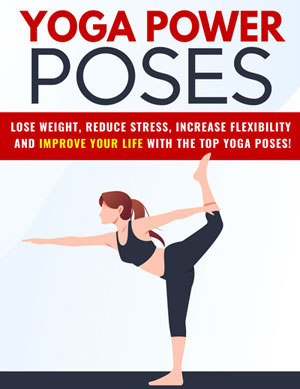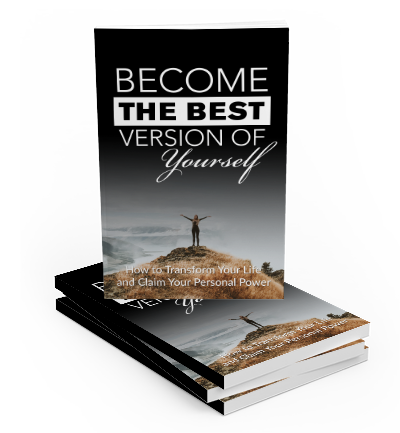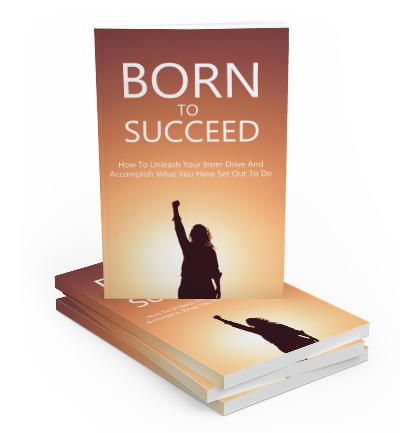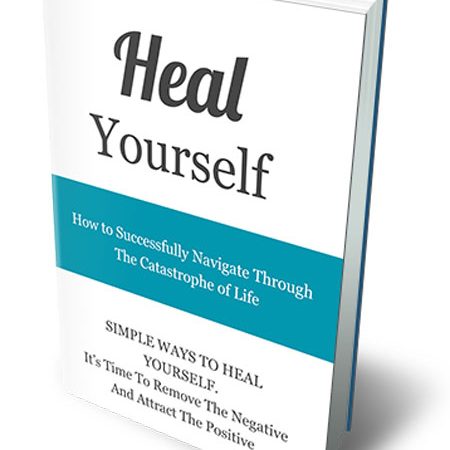Meditation & Yoga
Meditation and yoga go hand-in-hand. With meditation, you are able to reduce stress levels significantly while also reducing blood pressure and stabilizing the heart. In addition, meditation can boost your immune system!
When you meditate, you are able to free your mind of all the daily clutter. You’ll lower stress levels, release anxiety and reset your brain with deep breathing exercises.
The first step is learn how to pull yourself from a state of total consciousness to one of a meditative state designed to calm, restore and heal.
Here are a few tips to help you incorporate meditation into your yoga routine:
1: Set aside some quiet time each day in order to practice. The more often you meditate, the easier it will be to get yourself into a state of complete relaxation faster.
2: Make sure you are sitting in a comfortable position and focus on a fixed point, or you can close your eyes.
3: Concentrate on your breathing as well as the present moment. If you find your mind wandering, return to focusing on your breathing, inhaling and exhaling slowly and evenly.
4: Hold this concentrated state for a few minutes at a time, practicing 5-10 minutes a day.
5: Gradually integrate meditation into your yoga routine but don’t rush things along! Make sure you have meditation down and are comfortable getting into this state before you begin to include it in your yoga sessions.




